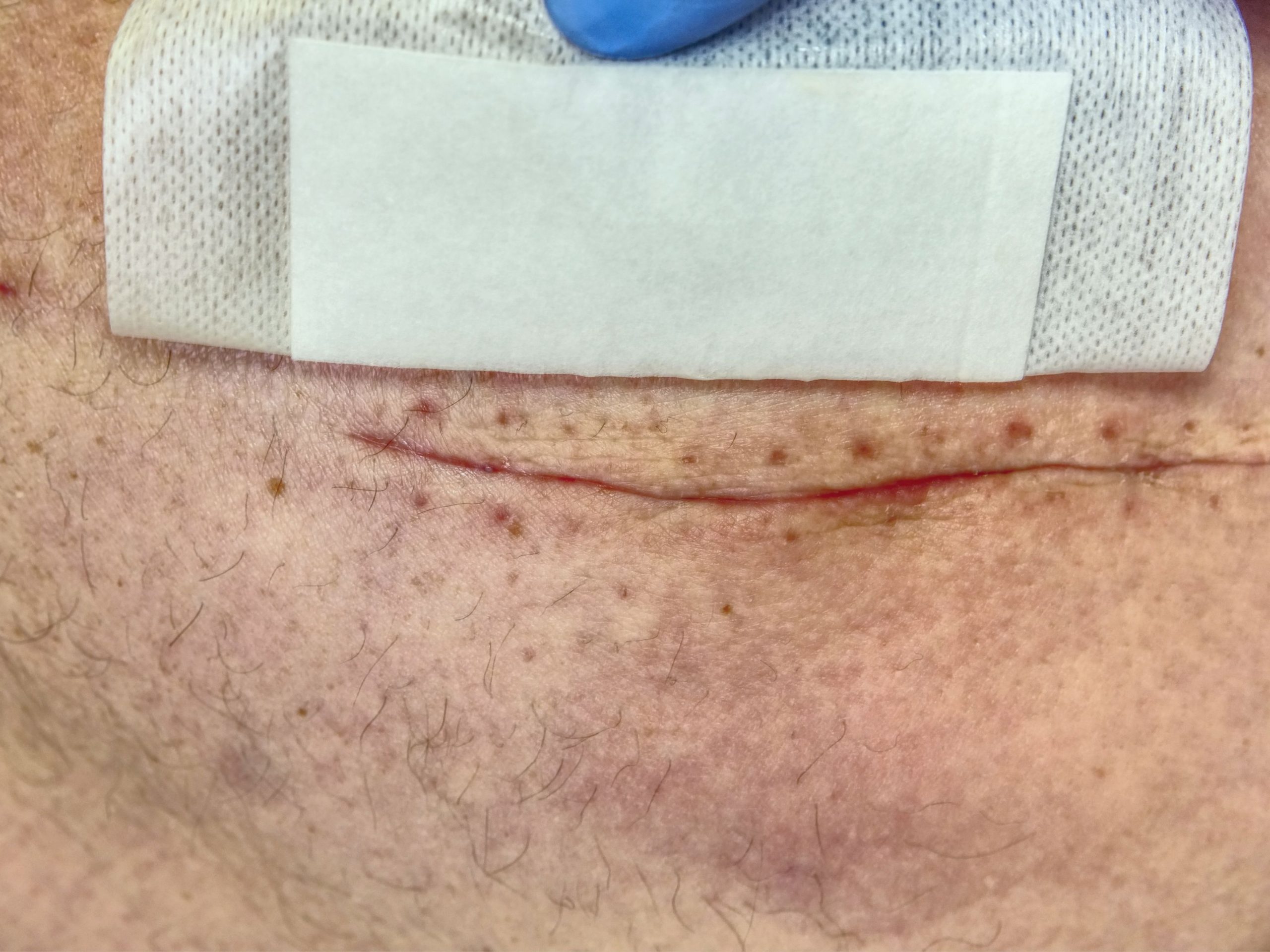6 Causes of post-lipo fibrosis and how to treat it
After any surgery or skin cut, the appearance of fibrosis is possible, in fact common (depends on your skin type). In case of liposuction(post-lipo fibrosis), it generally appears near where the incisions for the cannula were made. There are different factors that can cause it, but also there are different techniques to treat this condition. Let ‘s have a look!
What is post-liposuction fibrosis?
After the skin or any tissue is cut, the way it repairs is by creating fibers whose main purpose is to make the separated tissues get together again. Post-liposuction fibrosis is the appearance of extra fibrous tissue generated as a result of abnormal tissue formation while healing. In addition, fibrosis swells the surrounding tissues and causes hardening of the area. It can also present as a bruise or painful lumps.
Post-lipo fibrosis is a circulatory problem. Different factors may cause it. The most common one is an increase in the production of collagen or due to the necrosis of a fatty area.
What causes fibrosis?
1.Fat necrosis. The non-vascularised fat (outside the adipocytes) that wasn´t extracted can accumulate in the areas where the cannula was introduced. As a result, this fat degenerates, forming fibrosis, until it is finally destroyed by macrophages (specialised cells involved in the detection, phagocytosis and destruction of bacteria and other harmful organisms).
2.Collagen buildup. After lipo, and in addition to fat, the collagen fibers that have been displaced by the aspiration of the cannula can accumulate. As a result, it will contribute to the formation of fibrous areas.
3.Smoking. Wound healing and the subsequent scar formation require an accurate balance of inflammation. Smoking is known to result in more wound related postoperative complications, probably by disturbing the normal inflammatory physiology. In other words, smoking may lead to fibrosis, that is why your surgeon asks you to stop smoking at least 1 month before the procedure and during the recovery process.
4.Poor nutrition. Lack of vitamins, proteins and nutrients may lead to fibrosis. Poor nutrition before or during the healing process can delay healing and impair wound strength.
5.venous insufficiency. Bad blood flow leads to fibrosis because nutrients and oxygen cannot reach the healing tissues. The lack of nutrients causes cells to die, damaging the tissue, and fibrosis or a new wound can form.
6.Skin quality. According to your skin type (how it heals), you may have less or more possibilities to have fibrosis.
How do I know if I have fibrosis?
Fibrosis symptoms are:
Pain. After surgery, it is normal to feel pain, but it will go away after some weeks (2 or 3). However, pay attention if pain never stops, goes away and then comes back or if you also feel muscular tension on the treated area. Those are fibrosis signs.
Lumps. If you notice lumps after inflammation has gone ( 1 month after the procedure) that could be a sign of fibrosis.
Pigmentation. After a liposuction, red spots on the skin are normal, but if these don’t disappear or increase in number, this is also a sign of fibrosis.
How can I avoid or improve post-liposuction fibrosis?
The more manipulation of the tissues the more risks to develop fibrosis. So, according to your needs your surgeon will use the best technique during the surgery to avoid fibrosis.
Starting your post-op MLD sessions as soon as possible reduces the risks of having fibrosis or seromas. In addition, they increase blood flow, boost your immune system, drain accumulated fluids and wastes and improve the appearance of your skin.
Are there any medicines to avoid fibrosis?
There are no medicines available to avoid, prevent or treat fibrosis. However, vitamins like A and C may help you to reduce the risks of fibrosis.
Vitamin A
- Facilitates healing,
- Regulates the metabolism of cell regeneration of the stratum corneum (is the outer layer of the skin (epidermis)).
- Improves skin quality (makes it softer).
- Promotes the synthesis of collagen (key for wound healing).
Vitamin C
- Needed for tissue growth.
- Repairs all body parts.
- Form an important protein used to make skin, tendons, ligaments, and blood vessels.
- Heal wounds and form scar tissue.
- Repair and maintain cartilage, bones and teeth.
A final word
In some cases, post-lipo fibrosis cannot be avoided or completely removed (depending on age, skin quality, results of the surgery…), but it will be possible to reduce pain and other symptoms, and also improve appearance using MLD and different appliances. Remember that, at Perea Clinic, the treatment is always made according to your needs.
We hope this information is useful for you. If you need advice or have any questions about our treatments, please contact us. You can find us in Mill Hill Broadway and Islington. We are always happy to help. If you like this blog, please share!
We are always happy to help!
References
https://www.immunology.org/public-information/bitesized-immunology/cells/macrophages
https://medlineplus.gov/spanish/ency/article/002404.htm
https://www.healthline.com/health/stratum-corneum



